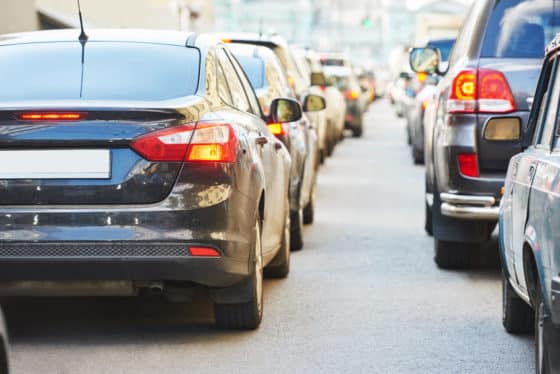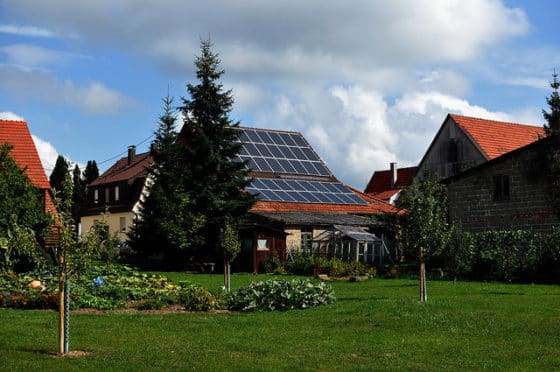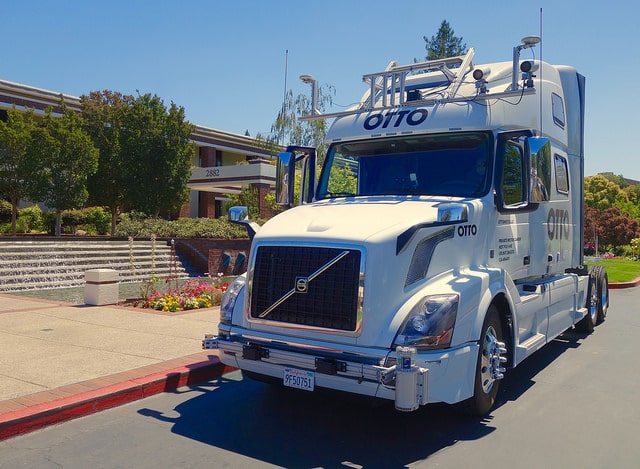
These 5 Driving Tips Can Help You Minimize Vehicle Emissions

Copyright: kadmy / 123RF Stock Photo
How you drive makes all the difference, particularly when it comes to minimizing vehicle emissions. Unless you drive an electric vehicle, or take public transportation everywhere you go, getting behind the wheel of your car means harmful emissions are being put into the environment. While driving less is one of the simplest ways to lower vehicle emissions, it’s not always feasible. Neither is buying a new hybrid or fully-electric car. Fortunately, a few simple driving tips can make a significant difference, regardless of the vehicle you drive.
1. Reduce Your Idle Time
When a vehicle sits idling, it is doing nothing more than polluting the air we breathe. If you find yourself someplace where you are having to wait for someone, turn your vehicle off. You will save fuel. You’ll also save money. As a bonus, you’ll be helping to save the environment. Not single-handedly, of course, but every little step counts.
Here’s a few idling facts you might not know. According to Sustainable America:
– Idling vehicles in the U.S. waste an estimated 12 millions gallons of fuel a day
– Two minutes of idling is the equivalent of driving one mile
– Sitting around idling for just 10 seconds wastes more gasoline than is used restarting your vehicle
– Turning your vehicle off is actually better for it than leaving it idling
These reasons alone make it totally worth turning your vehicle off when waiting for your kids at school, while stopped at a train crossing, while waiting in a drive-thru line and more.
2. Keep Your Engine Running Strong
The next tip involves taking steps to help keep your engine running strong. While I could list countless ways to do this, the one I recommend here is the use of Biofriendly Corporation’s Green Plus® liquid fuel catalyst. If you aren’t familiar with it, it’s actually one of the easiest ways to green your transportation, lower your carbon footprint and keep your engine running strong.
Those who use Green Plus have seen dramatic changes including reductions in vehicle emissions, increased fuel economy and improve engine power. It not only reduces pollution, it works on the molecular level to clean your engine and keep it running strong. It’s worth the small investment, both in the short- and long-term.
3. Conduct Routine Maintenance
Vehicle maintenance is one of those things most people intend to do, but not everyone gets around to on a routine basis. Neglecting to keep your vehicle maintained, however, can end up costing you quite a bit of money in the long run. It can also cause your vehicle to emit more harmful emissions unnecessarily. Why spend money you don’t have on unexpected minor or major repairs, when keeping up with routine maintenance would solve everything? Why allow your vehicle to emit excess air pollution when routine maintenance could reduce emissions?
Think about it…wouldn’t you rather spend a little bit of money on replacing filters, spark plugs, belts and fluids rather than spending a lot of money on more expensive repairs? Neglect can result in serious damage and be more harmful to the environment. Remember, if you don’t maintain it, you can’t expect it to run in peak operating condition.
4. Plan Your Trips Ahead of Time
Planning your trips ahead of time can actually save money and reduce harmful emissions. How? Well, let’s say you want to run errands. Instead of driving all over, criss-crossing around town from one store to the next to get each of the items on your list, you plan ahead. You plan to go to the store farthest away first, then map out the next stop and the next, all the way back home. If you plan out your trip accordingly, you won’t be going back and forth. You can also reduce time and emissions by avoiding rush hour or taking the most direct routes. As a result, you’ll save gas, save time, save money and reduce emissions.
Same holds true when planning road trips and vacations. Using the GPS system in your vehicle can help you determine the best routes to take, avoid traffic (and thus idle time), take short-cuts, etc.. This alone could reduce driving time and emissions substantially.
5. Ease Up on the Gas and Brake Pedals
Last, but not least, is easing up on the gas and brake pedals. Sometimes people are in such a hurry to get places, they would rather drive fast than smart. In actual fact, speeding, rapid acceleration and slamming on the brakes (often signs of aggressive driving) can cause accidents and waste money. These types of driving habits also affect fuel efficiency, emissions and gas mileage. Slamming on the gas or brakes can actually lower your gas mileage between 10-40%.
Driving like this puts a lot of unneeded wear and tear on your vehicle too. Another problem associated with rapid acceleration and braking is it wears down your tires which may lead to small particles being released into the air. This type of pollution can be harmful to your health and the environment. Driving more efficiently by easing up on the gas and brake pedals helps improve the life of your vehicle and keep it in better working order, so it’ll have less of a negative impact.
All in all, when you use these tips and figure out how to drive less overall, you’ll be reducing vehicle emissions and thus helping to protect the environment. It may seem like a small step, but everything we can do to lower pollution and emissions levels help. Start out small and you’ll probably find certain actions just become natural habits after awhile. Try it!



Post a comment